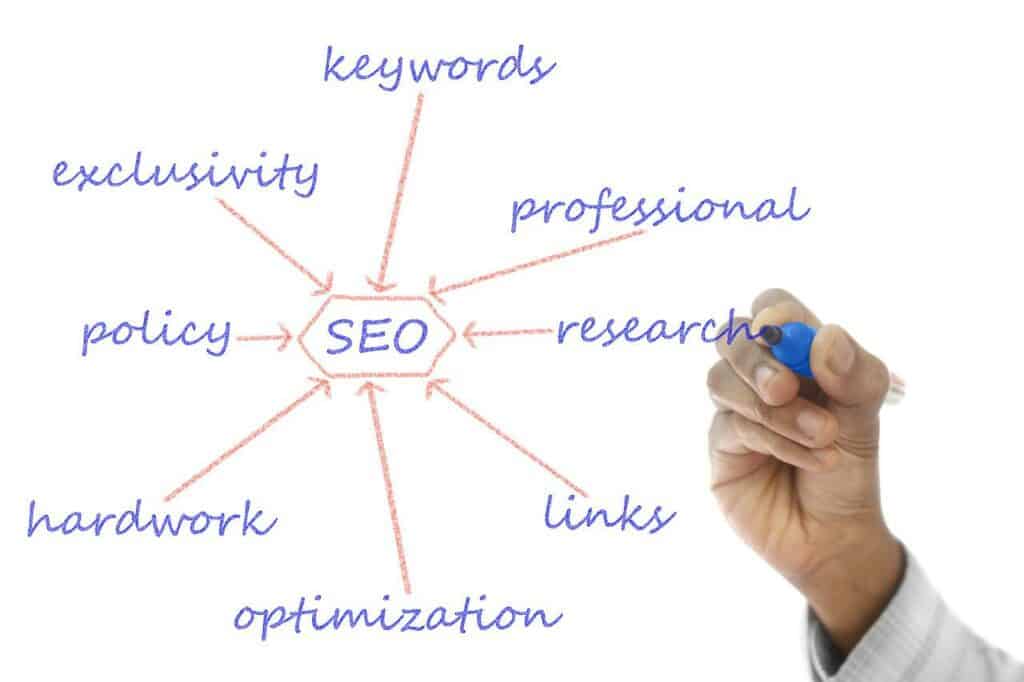Most business owners approach selling a business much like my son approaches his homework – they avoid thinking about it until they absolutely have to. It’s understandable. For many owners, their business is their baby, their employees are their family, and they enjoy the challenge and sense of purpose derived from their work. That said, when it comes to selling, business owners owe it to themselves to begin planning early.
Good preparation leads to a significantly improved outcome – including a higher purchase price, shorter time on the market, and fewer post-transaction requirements. If you are thinking about selling a business within the next 5 years, here are the 7 best things you should do now.
Focus on Growth and Profitability
Generally, buyers will ask for 3 to 5 years of financial statements as part of their due diligence. Buyers like to see year-over-year growth, and consistent or growing margins. Additionally, the valuation a buyer places on your business will likely be tied to your financial statements. Therefore, it makes sense, in years leading up to a sale, to focus on growth and profitability. Consider developing a business plan to accomplish specific goals within the timeframe you have prior to exiting. To address revenue growth, your strategy might include adding a second shift, launching a new product or service, or hiring additional sales personnel.
To address profitability, you might look to increase prices, eliminate non-essential processes, or reorganize your physical space. Regardless of your strategy, make sure your goals align with your time to exit. Moving to a larger facility, for example, might be a good long-term initiative, but require more time than you have to favorably impact your financial statements.
Tee It Up for a Buyer
Any steps you can take to simplify an acquisition and better position your company for a buyer will improve its valuation. This might mean changing the structure of the business, solving capacity issues, rebranding, or putting better systems and processes in place. If, for example, you have a slow-growing legacy business under the same roof as a new, rapidly growing division, it might make sense to separate the two. Or, if you’re in an industry that is facing some headwinds, you may benefit from getting a foothold in a new market. Think about who your buyer is likely to be, and what they will be looking for in an acquisition – then work to position your business accordingly.
Make Yourself Redundant
The less dependent your business is on you, the more valuable it will be to a buyer, and the more likely you’ll be able to exit without a lengthy transition. If you currently play a critical role in day-to-day operations, look for ways to hand off some (or all) of your duties prior to selling. This might mean hiring and grooming your replacement, transitioning customer relationships to others, or giving more responsibility to your management team.
These are not easy adjustments to make. It can be challenging to trust your team with key functions, and there is some risk that changes could create problems. However, if you are successful in building a structure that allows the business to run independently, it will be a significantly more attractive acquisition candidate. Some owners decide after taking this step that they don’t need to sell after all, instead holding on to what essentially becomes an “annuity”.
Move Towards Predictable Revenue
Perhaps the most important determinant of value is the extent to which a buyer can predict revenue (and profit) post-transaction. Businesses with lumpy sales, whether project-based, cyclical, or otherwise, tend to be discounted. So, think about ways you can move towards predictable revenue. You might look to roll out a subscription model, offer a maintenance program, or simply ask your existing customers to sign long-term contracts with purchase commitments.
If your business is cyclical, there may be steps you can take to normalize income. A company selling ski accessories with heavy sales in the winter might look to get into beach products. Owners with highly predictable revenue often command a valuation multiple of sales vs. profit, so taking steps in this direction could be rewarding.
Keep Straightforward, Accurate Financials
One of the first steps a buyer will take is to review 3-5 years of profit and loss, cash flow, and balance sheet statements. It is important that you have these statements available, and that they provide a true picture of your business’ financial state. In years leading up to a sale, businesses should make sure they are keeping up with the basics, including taking regular inventory, reconciling bank statements, and properly accruing expenses. While audited financials are not necessary (and are rare for small businesses), buyers do look favorably upon them.
A less expensive alternative is to have your financials reviewed. It might be helpful to hire a CFO or controller, even if fractional/part time, and/or to engage a CPA firm familiar with your industry. Lastly, consider changing any “write off” habits leading up to a sale. While most business owners look to expense everything possible to keep profit and taxes at a minimum, a lower profit on your books could translate to a lower valuation.
Address Risk Areas
Some risk areas for a buyer include customer or supplier concentration, pending legal issues, old equipment, insufficient IP protection, or a lease without an option to renew. With a sufficient time-horizon, all of these areas can be addressed and improved. If you have one customer that comprises 25% of revenue year after year, focus on building other relationships and bringing on new customers to reduce the concentration. If your equipment is old, look to update it prior to a sale. Like selling a house, fixing any problems prior to selling will make for a smoother transaction.
In Selling a Business, Know What You Need to Net
An important step in preparing to sell a business is to assess what you will need to net. Is there a number below which it would not make sense to sell – whether for retirement, an investment, reduction of debt, or another purpose? If so, you will benefit from working with your CPA (or another knowledgeable professional) to assess whether you are likely to achieve that number, after taxes, from a sale. Understanding your target will help you to determine your timeframe, and any steps you may need to get there.
So, as hard as it may be, it’s worth thinking through your exit plan if you expect to be selling a business in the next 5 years. You may well be able to identify a few areas where modest steps can have a significant impact on the process and net result.
Images from Pixabay.


























